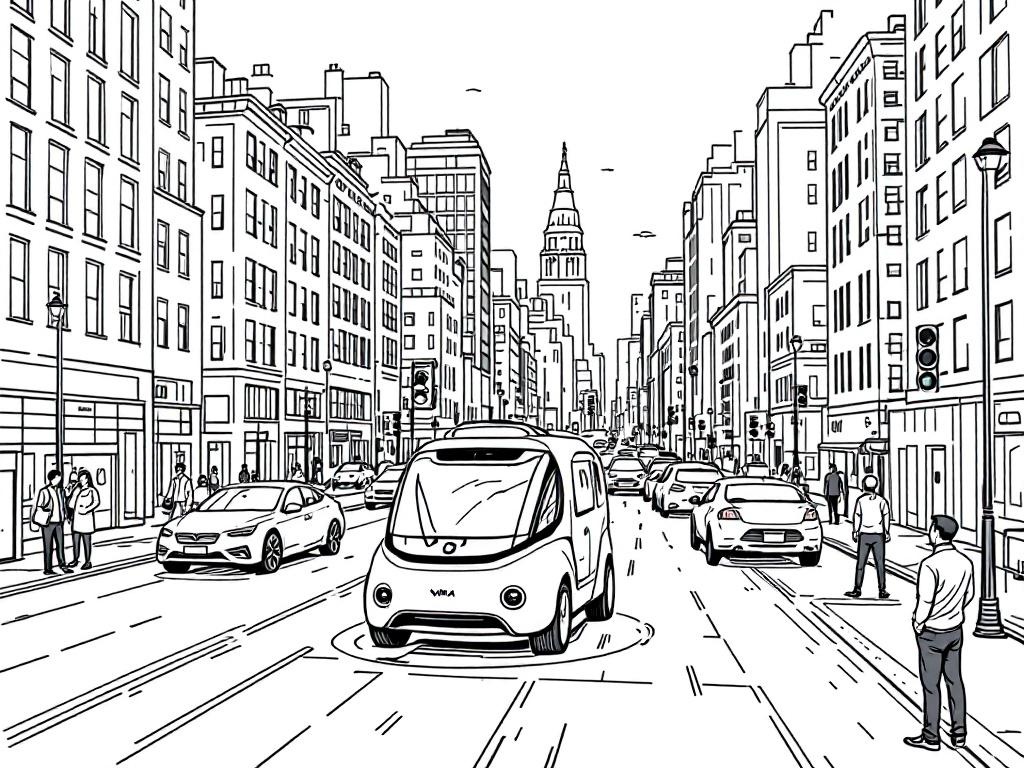Waymo Begins Robotaxi Testing in New York City

New York City, Thursday, 19 June 2025.
Waymo launches robotaxi tests in NYC, supervised by humans, as it seeks to expand in challenging urban environments. This marks a pivotal step in reshaping urban transit.
Testing Phase with Human Oversight
Waymo, the self-driving technology arm of Alphabet Inc. [GOOG], announced plans to begin its pilot robotaxi services in New York City in July 2025, with human supervisors still at the wheel to align with current state laws. This marks a crucial move for Waymo as it attempts to navigate one of the most complex urban landscapes for autonomous vehicles, characterized by dense traffic and an elusive regulatory environment [3][5].
Regulatory Environment and Legal Challenges
New York City’s strict autonomous vehicle regulations necessitate the presence of a human operator behind the wheel, a requirement Waymo plans to meet with trained specialists [3][5]. The company is advocating for legislative amendments that would permit fully driverless operations, highlighting ongoing discussions in the state’s Senate regarding autonomous vehicle laws [6][8]. Currently, New York state law mandates a physical human presence in any test vehicle, a rule inhibiting full automation [6][9].
Economic and Competitive Implications
Waymo is already a significant player in autonomous transportation across major U.S. cities, including Los Angeles, San Francisco, Phoenix, and Austin, where it reportedly conducts over 250,000 rides weekly [4]. The expansion into New York City presents both opportunities and challenges; regulatory adjustments could pave the way for new jobs while reshaping the local transportation ecosystem [10]. The competitive landscape remains robust, with Waymo’s rivals, like Tesla, advancing similar technologies [7][11].
Next Steps and Future Prospects
Waymo’s immediate focus involves securing necessary permits from New York City’s Department of Transportation, aligning with local regulatory requirements, and preparing for potential legislative changes [3][5][12]. The company remains optimistic about fully deploying its autonomous ride-hailing services in the future, contingent on successful navigation of the legislative landscape [9][11]. Meanwhile, the presence of human operators ensures immediate safety and compliance as these autonomous systems are tested in New York’s demanding urban environment [10][12].
Sources
- www.bbc.com
- www.cnbc.com
- www.theverge.com
- nypost.com
- www.nbcnews.com
- www.cnn.com
- techcrunch.com
- pymnts.com